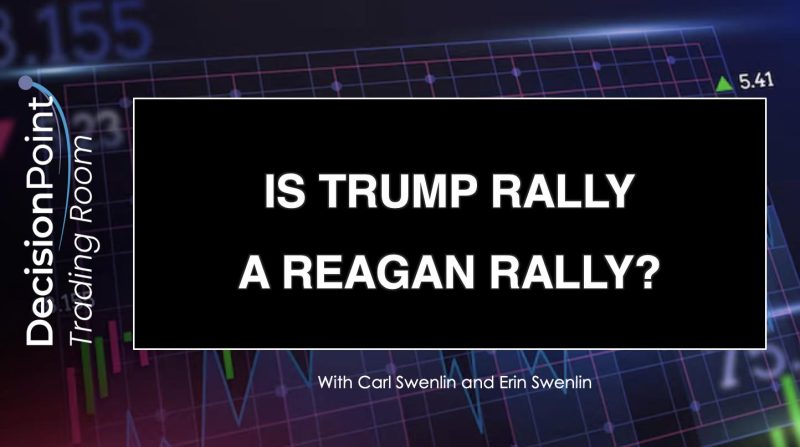In analyzing the Trump rally and comparing it to the Reagan rally, we must delve into the historical, political, and economic contexts of both administrations to draw meaningful parallels and differences. Both the Trump and Reagan rallies energized a significant portion of the American population and garnered immense support from their respective voter bases. This fervor was fueled by promises of economic growth, national security, and a restoration of American greatness.
During the Reagan era, the U.S. faced economic challenges, including high inflation and unemployment rates. Reagan’s policies focused on tax cuts, deregulation, and a strong military buildup. These initiatives, collectively known as Reaganomics, aimed to stimulate economic growth and restore American competitiveness on the global stage. The Reagan rally was characterized by a sense of optimism and a belief in the power of free-market capitalism to drive prosperity.
Similarly, the Trump rally resonated with many Americans who felt disillusioned by the political establishment and sought a disruptor to shake up the status quo. Trump promised to prioritize American interests in trade deals, bring back manufacturing jobs, and crack down on illegal immigration. His slogan, Make America Great Again, tapped into a sense of nostalgia for a perceived golden age of American dominance.
However, the comparison between the Trump and Reagan rallies is not without its nuances. While both presidents advocated for conservative policies, their approaches and leadership styles differed significantly. Reagan was known for his sunny demeanor, eloquence, and ability to unite the country behind his vision. In contrast, Trump’s bombastic rhetoric, unconventional communication style, and divisive politics drew sharp criticism from his opponents.
From an economic standpoint, the Trump rally coincided with a period of relative stability and growth in the U.S. economy. The Tax Cuts and Jobs Act, signed into law by Trump in 2017, reduced corporate and individual tax rates, leading to a surge in stock market performance and business investment. However, critics argued that these tax cuts primarily benefited the wealthy and added to the national debt.
In contrast, Reagan’s economic policies initially faced criticism for widening income inequality and exacerbating budget deficits. However, over time, Reagan’s tax cuts and deregulation were credited with spurring economic expansion and laying the groundwork for the prosperity of the 1990s.
In conclusion, while the Trump rally and Reagan rally share similarities in terms of their appeals to nationalist sentiment and economic revitalization, the differences in leadership style, policy approach, and economic circumstances must be carefully considered. Both presidents left a lasting impact on American politics and policy, shaping the conservative movement and influencing the national discourse on governance and leadership.

